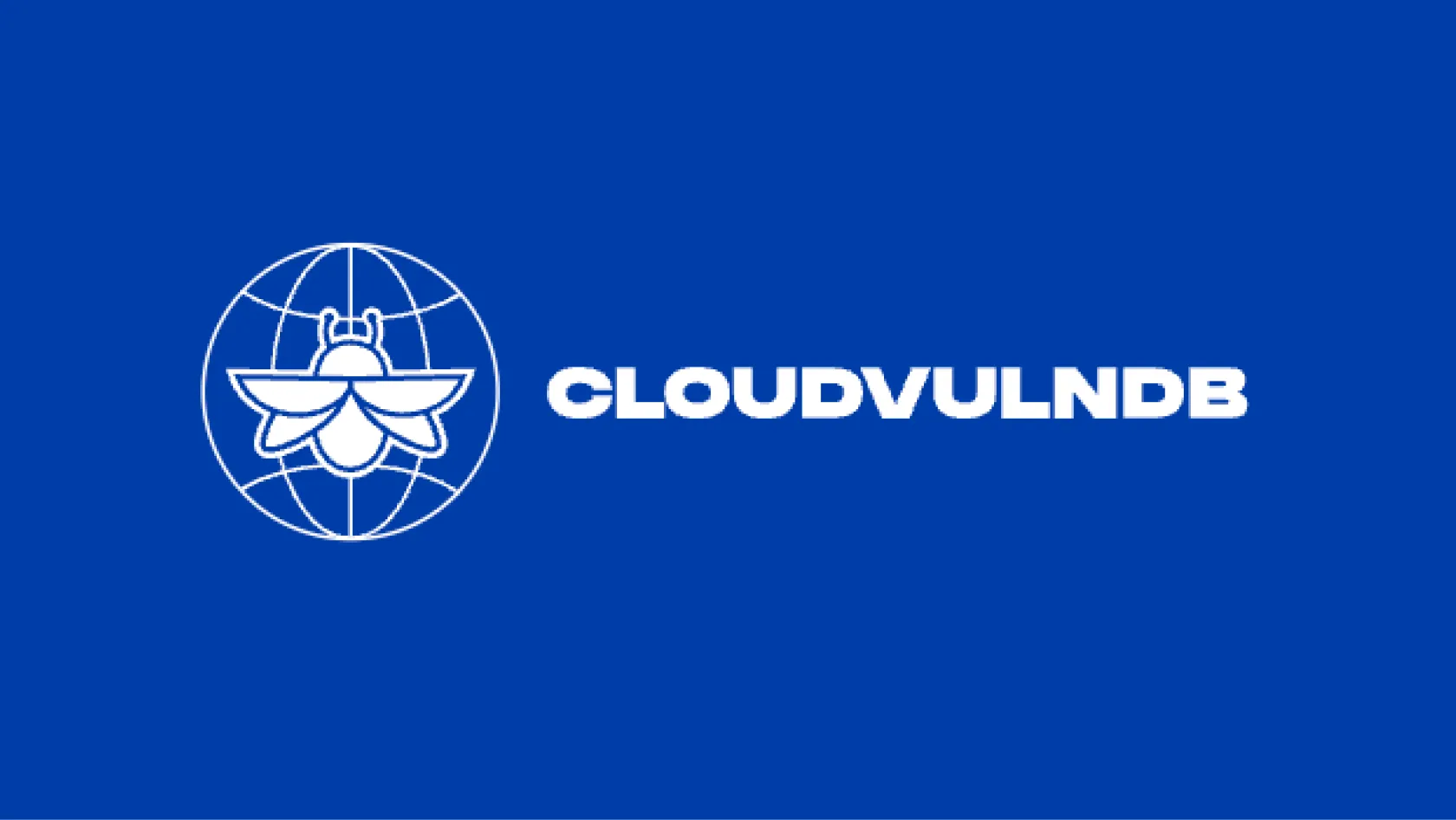
Cloud Vulnerability DB
An open project to list all known cloud vulnerabilities and Cloud Service Provider security issues
CVE-2025-22631 is a Cross-site Scripting (XSS) vulnerability discovered in vbout Marketing Automation plugin affecting versions through 1.2.6.8. The vulnerability was disclosed on February 23, 2025, and was identified as a reflected XSS issue that stems from improper neutralization of input during web page generation (NVD, Patchstack).
The vulnerability is classified as CWE-79 (Improper Neutralization of Input During Web Page Generation) and has received a CVSS v3.1 base score of 7.1 (HIGH) with the vector string CVSS:3.1/AV:N/AC:L/PR:N/UI:R/S:C/C:L/I:L/A:L. The vulnerability requires no authentication to exploit and involves user interaction with a reflected XSS payload (Patchstack).
The vulnerability could allow malicious actors to inject malicious scripts, including redirects, advertisements, and other HTML payloads into the website. These injected scripts would be executed when guests visit the affected site, potentially compromising user data and website integrity (Patchstack).
The vulnerability has been patched in version 1.2.6.9 of the Marketing Automation plugin. Users are advised to update to this version or later immediately. For those unable to update immediately, Patchstack has issued a virtual patch to mitigate this issue by blocking potential attacks (Patchstack).
Source: This report was generated using AI
Free Vulnerability Assessment
Evaluate your cloud security practices across 9 security domains to benchmark your risk level and identify gaps in your defenses.

An open project to list all known cloud vulnerabilities and Cloud Service Provider security issues

A comprehensive threat intelligence database of cloud security incidents, actors, tools and techniques

A step-by-step framework for modeling and improving SaaS and PaaS tenant isolation
Get a personalized demo
“Best User Experience I have ever seen, provides full visibility to cloud workloads.”
“Wiz provides a single pane of glass to see what is going on in our cloud environments.”
“We know that if Wiz identifies something as critical, it actually is.”